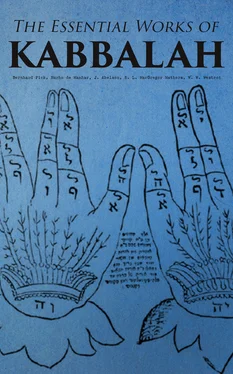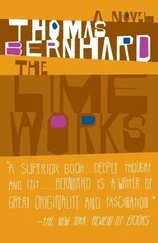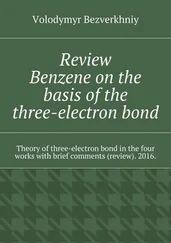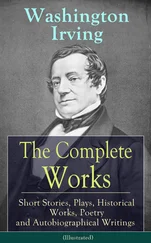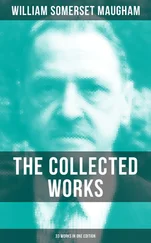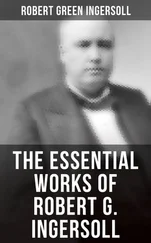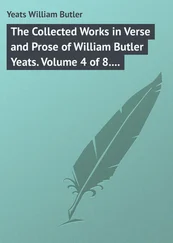1 ...6 7 8 10 11 12 ...42 During the thirteenth century the Cabala was represented in Italy by Menahem di Recanati who wrote a commentary on the Pentateuch which is little else than a commentary on the Zohar. This work was translated into Latin by Pico della Mirandola.
At the beginning of the fourteenth century Joseph ben Abraham ibn Wakkar (1290-1340) endeavored to reconcile the Cabala with philosophy, and to this end wrote a treatise on the cardinal doctrines of the Cabala. An analysis of this treatise, which is still in manuscript in the Bodleian library (cod. Laud. 119; described by Uri No. 384) is given by Steinschneider in Ersch und Gruber's Allgemeine Encyclopadie, Part II, Vol. XXXI, p. 100 f.
During the fourteenth and fifteenth centuries the Cabala was especially cultivated in Spain. In unmeasured terms the Zoharites denounced their co-religionists who could not see the advantages of the Cabala. Prominent among the Zoharites was Abraham of Granada, who composed (between 1391 and 1409) a cabalistic work Berith menuchat, "The Covenant of Peace," (Amsterdam, 1648), a farrago of strange names of the Deity and the angels, of transposed letters, and jugglery with vowels and accents. "He had the hardihood," says Graetz, "to teach that those who could not apprehend God by Cabalistic methods belonged to the weak in faith, were ignorant sinners, and like the depraved and the apostate were overlooked by God, and not found worthy of His special providence. He thought that the relinquishment of their religion by cultured Jews was explained by their fatal application to scientific study, and their contempt for the Cabala. On the other hand he professed to see in the persecutions of 1391, and in the conversion of so many prominent Jews to Christianity, the tokens of the Messianic age, the suffering that must precede it, and the approach of the redemption." Another such writer was Shem Tob ben Joseph ibn Shem Tob (died 1430), author of Emunoth, i. e., "Faithfulness" (Ferrara, 1557), in which he attacks Jewish thinkers and philosophers as heretics, and maintains that the salvation of Israel depends upon the Cabala. The third writer was Moses Botarel (or Botarelo), also a Spaniard, who claimed to be a thaumaturge and prophet, and even announced himself as the Messiah. He prophesied that in the spring of 1393 the Messianic age would be ushered in. As the Cabala penetrated all branches of life and literature, voices were also raised against the Zohar. The first among the Jews who opposed its authority was Elias del Medigo, who in his Bechinath ha-daath (i. e., ''Examination of the Law," written in December, 1491) openly expressed his opinion that the Zohar was the production of a forger, and that the Cabala was made Up of the rags and tatters of the neo-Platonic school. But his voice and that of others had no power to check the rapid progress of the Cabala, which had now found its way from Spain and Italy into Palestine and Poland.
Wonder Workers and Prophets.—Passing over some minor advocates and teachers of the Cabala, we must mention two scholars in Palestine, who distinguished themselves as masters of the Cabala, Moses Cordovero 1and Isaac Luria. The former (1522-1570) was a pupil of Solomon Alkabez 2and wrote many works on the Cabala.
His principal work is the Pardes Rim-monim, i.e., "The Garden of Pomegranates." (Cracow, 1591), excerpts of which have been translated into Latin by Bartolocci in Bibliotheca Magna Rabbinicia, Vol. IV, p. 231 f., and by Knorr von RosenrotTi, "Tractatus de Anima ex libro Pardes Rimonim" in his Kabbala Denudata, Sulzbach, 1677. Cordovero is chiefly occupied with the scientific speculations of the Cabala, or the speculative Cabala, in contradistinction to the wonderworking Cabala, which was represented by Isaac Luria (born in Jerusalem in 1534, and died 1572). He claimed to have constant interviews with the prophet Elijah, who communicated to him sublime doctrines. He visited the sepulchers of ancient teachers, and there, by prostrations and prayers, obtained from their spirits all manner of revelations. He was convinced that he was the Messiah, the son of Joseph, and that he was able to perform all sorts of miracles. He imagined a complete system of transmigration and combination of souls. He saw spirits everywhere; he saw how the souls were set free from the body at death, how they hovered in the air, or rose out of their graves. On the Sabbath he dressed in white, and wore a fourfold garment to symbolize the four letters of the name of God. His sentiments he delivered orally and his disciples treasured up his marvelous sayings, whereby they performed miracles and converted thousands to the doctrines of this theosophy.
His disciples were divided into two classes, the "initiated" and the "novices," who boastfully called themselves "gure ari" i. e., "the lion's whelps." They systematically circulated the most absurd stories about Luria's miracles, and thus it came about that his cabalistic doctrines caused inexpressible harm in Jewish circles. Through Luria's influence a Judaism of the Zohar and the Cabala was formed side by side with the Judaism of the Talmud and the rabbis; for it was due to him that the spurious Zohar was placed upon a level with, indeed higher than, the Holy Scriptures and the Talmud.
The real exponent of Luria's cabalistic system was Chayim Vital Calabrese 3(1543-1620). After his master's death he diligently collected all the manuscript notes of the lectures delivered by Luria, which together with his own jottings Vital published under the title of Ez chayim, i. e., "The Tree of Life," 4having spent over thirty years upon their preparation. The work consists of six parts; that portion which treats of the doctrine of metempsychosis (Hagilgulim), is found in a Latin translation in Knorr von Rosenroth's work.
The Luria-Vital system found many adherents everywhere. Abraham de Herera (died 1639) wrote in Spanish two cabalistic works, the "House of God" {beth Elohim) and the "Gate of Heaven" (shaar ha-shemayim), which the Amsterdam preacher Isaac Aboab translated into Hebrew. Both are given in a Latin translation in Knorr von Rosenroth's work, together with a translation of "The Valley of the King" (emek ha-melech) by Naphtali Frankfurter. Besides these we may mention Isaiah Horwitz (died at Tiberias in 1629), author of Sh'ne luchoth haberith (abbreviated Shela), i. e., "The Two Tables of the Covenant," a kind of Real-Encyclopedia of Judaism on a cabalistic basis. This work has been often reprinted and enjoys a great reputation among the Jews. Abridgments of it were frequently published (Amsterdam, 1683; Venice, 1705; Warsaw, 1879).
There were not wanting those who opposed the Cabala. Of the numerous opponents which the Zohar and Luria-Vital's works called forth, none was so daring, so outspoken and powerful as Leon de Modena of Venice (1571-1648). He is best known as the author of Hist or ia dei Riti Hebraici ed observanza degli Hebrei di quesii tempi, or the "History of the Rites, Customs and Manner of Life of the Jews" (Padua, 1640), and translated into Latin, French, Dutch, English. 5But besides this and other works, he also wrote a polemical treatise against the Cabalists, whom he despised and derided, entitled Ari noham, i. e., "Roaring Lion," published by Julius Furst, Leipsic, 1840. In this treatise he shows that the cabalistic works, "which are palmed upon ancient authorities, are pseudonymous; that the doctrines themselves are mischievous; and that the followers of this system are inflated with proud notions, pretending to know the nature of God better than any one else, and to possess the nearest and best way of approaching the Deity." He even went so far as to question whether God will ever forgive those who printed the cabalistic works (comp. Furst, p. 7), and this no doubt, because so many Cabalists joined the Church.
But no opposition could stem the tide of the Cabala. Its wonder-working branch had now largely laid hold on the minds and fancies of the Jews, and was producing among them the most mournful and calamitous effects. The chief actor in this tragedy was the cabalist Sabbatai Zebi, 6born at Smyrna, July, 1641.
Читать дальше
